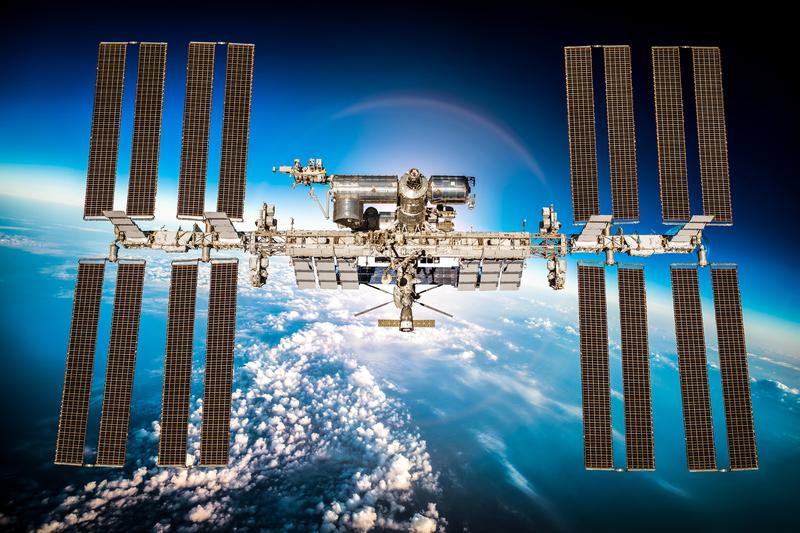Lessons on leadership from a space aviator
- 04 May, 2018 07:00

Our job is not to ride along when things go well, but to be ready with the idea of inevitability when things go wrong
When Chris Hadfield talks about managing complexity, change or career, he draws lessons from his interstellar experiences. The retired astronaut has flown two space shuttle missions and served as commander of the International Space Station.
When he retired in 2013, he mined his experiences of two decades as space aviator and distilled them into lessons for business on managing complex change.
“Things will never be slow again...the pace of technology is accelerating things,” he tells business executives at the IBM Think NZ this week.
“We need to to recognise the impossible happens when someone gets an idea, finds the technology, and harness our own ability to create and change the world.”
He was 9 years old when he watched on television the Apollo 11 mission, the first spaceflight to land the first two humans on the moon.
Looking at it now, he says Apollo 11 was an example of taking grandiose ideas (President John F Kennedy’s vision to land an American on the moon before the end of the decade), the best of technologies and turning these into the reality of going to the moon and back.
“It inspired people all over the world, it changed the imagination of everyone around the world. It was the combination of someone’s outlandish challenge of what might be possible and the application of technology and human creativity that made it possible to do something for the first time."
Hadfield says it was not even the technology that inspired him at that time, but the bravery of the astronauts, Neil Armstrong and Buzz Aldrin, as they were coming into the moon. When they got close, there was a slope where they were supposed to land, and it was the equivalent of the two driving around the moon looking for a parking spot, he says.

But the astronauts got the situation under control and found a solution. That, he says, is an example of dealing with adversity, with failure.
Always have a permanent dissatisfaction with your skills, in everything you do
“When you are doing something complex and when the stakes are high, how do you envision the future, how do you recognise that things are not going to go right, how do you prepare for that things are going to go wrong?
“We train for things to go right, that is the easy part. But what we really need to visualise is failure. And the way we apply this in space is not by practising for success, but start practising for things [if they] go wrong. If we have 10 minutes, how do we respond if something breaks?”
Thus, he says, it is important to “practice for failure, visualise for failure.”
This is compounded in a huge complex like a space station where people from 15 nations are working together, each with immensely complex, different standards and computer systems.
Hadfield recalls one day the astronauts noted a problem of leaking ammonia from the spacecraft. After talking to the base in Houston (“a very competent help desk’), they were told they have to do a process in one day, which has never been done before in that time frame.
He says they had to do it or they would need to abandon ship.
"Our job is not to ride along when things go well, but to be ready with the idea of inevitability when things go wrong," he says. "Deal with the inevitability when things go wrong around you and be able to execute, to do the things you need to do."
The space station is driven by computers. It is an enormous laboratory, an enabler of technology to see the rest of the universe like we have never seen it before, he says. These systems enable astronauts to run 200 experiments simultaneously in what Hadfield describes as a "test bed for the rest of the universe."
“We have gone from JFK’s vision of landing humans on the moon, to settlement of outer space," he says.
In June, IBM's Watson will be on board the International Space Station through CIMON (Crew Interactive Mobile Companion). CIMON is a ball-sized device that will have a digital face, voice and using artificial intelligence.

"It will try to take all information on the aircraft, while learning, interacting, assisting and applying technology in the most far away places," says Hadfield.
At the conclusion of his presentation, Hadfield left the audience with one insight on thriving in the era of fast change, but focusing on career this time.
“Always have a permanent dissatisfaction with your skills, in everything you do,” he says. “The world is changing around you no matter how good you are at something.”

Watch: Why former International Space Station commander Chris Hadfield is a YouTube sensation.

